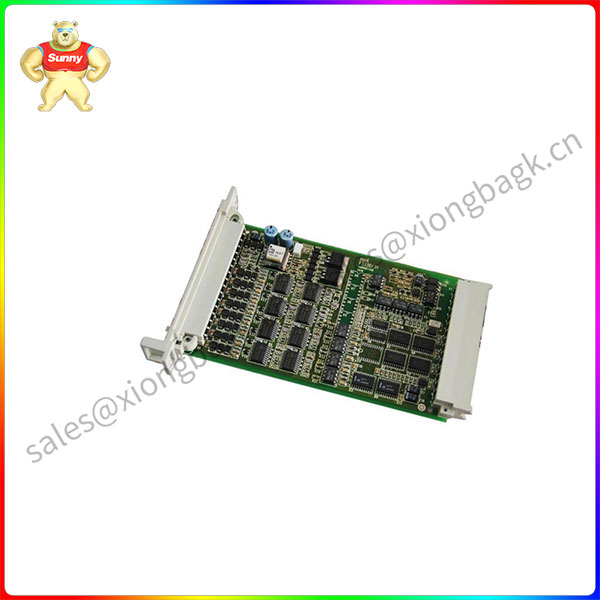Suitable for most media
In applications where the medium is highly corrosive, there are basically only two options: the use of special materials (often very expensive) or the direct use of ceramics. CERTEC® ceramic measuring elements reliably resist interaction with media. Unlike metal measuring elements, it offers significantly higher chemical stability in corrosive liquids or gases and is suitable for most media. Unlike metals, ceramics have a wide range of applications, including brine, strongly acidic liquids, and so on. Another expensive solution, such as adding a tantalum coating to the measuring element, is only needed in very extreme applications.
05Strong overload resistance
FC-SDO-0824 Ceramic measuring elements have a very good performance under high strength pressure shock, it can reach 200 times the overload strength, far more than metal measuring elements. The fundamental reason for this advantage lies in the structure of the instrument. The measuring element consists of a diaphragm and ceramic base, which can be safely rested against the base in the face of very high pressure shocks, thus achieving a breakthrough level of overload resistance.

FC-SDO-0824
06Small range
When detecting pressure changes, metal measuring elements need to use conductive oil as the transmission medium, which is the same when measuring high pressure and micro-pressure of a few millibars. This means that even a small measurement range requires a relatively large diaphragm size in order to accurately measure pressure changes.
CERTEC® ceramic measuring components do not have this problem. It does not contain conductive oil, is capable of small range measurement, and is small enough to be used for small size process connections.
07Hydrogen seepage prevention
FC-SDO-0824 Hydrogen atoms are so small that they can penetrate metal completely. The thinner the membrane, the faster the hydrogen infiltration. Once hydrogen atoms diffuse into the membrane, they react with the conducting oil inside, and eventually accumulate to form bubbles that permanently affect measurement performance.
The situation is completely different with ceramic measuring elements, where even hydrogen atoms cannot penetrate the diaphragm, reducing its service life. Therefore, in the advantages of ceramic measuring elements, it is also necessary to add an anti-hydrogen seepage.
Ceramic pressure transmitters are made of one of the most durable materials in the world, with seven significant advantages: wear resistance, almost no drift so long-term measurement stability, no conductive oil, suitable for most media, overload resistance, can be used for small ranges, hydrogen seepage resistance. For users, this product has opened up broad application prospects in tens of millions of fields.
 中文版
中文版




